Different types of Consensus Mechanisms - Steemit Crypto Academy Season 4 - Homework Post for Task 6
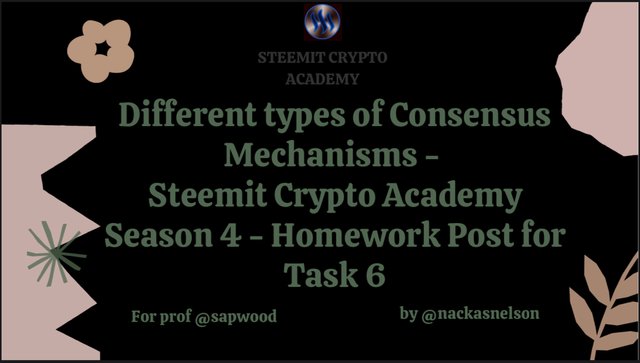
Different Types of Concensus Mechanism by @nackasnelson
(2) What is the difference between PoS & DPoS? Advantages & Disadvantages? Name a few Blockchain projects which use the DPoS consensus mechanism and indicate the scaling capacity?
Introduction
A Blockchain is a decentralized system whereby it brings together the data collection of transactions its users in which eliminates the need for a mediator through a unique process known as peer-to-peer (P2P).
The Blockchain is a chain of information that is contained in blocks joined together in a particular computer.
The Blockchain is not controlled by a central system or authority thereby making it to be a corruption-free platform.
How are decisions made?
How do things get done on the blockchain?
After understanding what a centralized system is whereby its decisions and control are made by the people governing or controlling the system for its daily running whereas in a decentralized blockchain there is no central authority that is, there is no system a set of individuals controlling its active or affairs of the system.
Now how are decisions made? How are the aims of blockchain realized?
So unlike a centralized system whereby its decisions are taken or made by the central authority, the decisions in a decentralized blockchain are made and taken by a consensus reached by the platform’s participants who are participating in the blockchain.
The Consensus mechanism provides the user's authority to be able to confirm if a transaction is valid or not thereby making the consensus mechanism a very important feature in a blockchain.
A consensus mechanism is therefore a method or an agreement in which users of the blockchain attain a consensus.
What is a consensus mechanism?
A Consensus mechanism is a means by which consensus decision-making is realized with the help or assistance from blockchain users.
The Consensus mechanism regarding a blockchain is an agreement that provides users with the authority to be able to contribute to the blockchain. The mechanism therefore also allows users to concur on certain things before there are being carried out upon.
The mechanism is used to make sure there is trust, security, and protocol on the blockchain.
There are a number of consensus algorithms on a blockchain but the first-ever consensus algorithm which was used on a blockchain's history was the proof-of-work (PoW) consensus mechanism.
There are several other types of consensus mechanisms that are used on different blockchains and these mechanisms include; proof-of-work (PoW), delegated proof-of-stake (DPoS), proof-of-stake (PoS), proof-of-capacity (PoC), Byzantine Fault Tolerance (BFT)/ Practical Byzantine fault tolerance (PBFT), proof of burn (PoB), proof of Elapsed time (PoET) proof of authority (PoA), proof of activity, proof of importance (PoI) direct acyclic graphs (DAGs), etc
The proof-of-Stake (PoS)

Proof-of-Stake (PoS) was proposed as an alternative to the consensus algorithm of Proof-of-work (PoW) in the year 2011 and both the PoS and PoW shared the same goal for reaching consensus but with both taking completely different methods.
The miners in the PoS consensus are eliminated thereby reducing the high energy consumption and without requiring or needing the specialized hardware (nodes) with a normal PC being able to suffice meanwhile in the PoW miners must put in electricity hereby consuming high energy and also put in hardware while with PoS all you need to do is just to stake.
In the PoS system, staking is done by individuals at distinct times and the system then chooses a node at random that confirms the proceeding transaction or block. The amount of stake, staking age and change is the condition for the selection. The higher the amount staked, the greater the chance of it being chosen or selected for the succeeding block.
Factors that determine selection in PoS as a validator
Randomization:
The validators are chosen randomly by the amount of stake which is from the highest stake to the lowest hash value.
Age of coin:
The nodes are chosen depending on the time in which they were stake that is for how long the tokens has been staked.
Amount of Stake:
The higher your stake, the greater the chance of being chosen that is those who have staked high have a great picking out advantage.
The Nodes which has been chosen for confirmation of the proceeding transaction signs the block mined and add it up to the blockchain. The reward of a node is the transaction fees with which the mined block adds to the blockchain after it has successfully been validated and the miners are rewarded with the transaction fees in a PoS while in a PoW miners are being provided with a new token as their compensation.
Advantages of PoS
Highly secured:
The PoS prevents any activity which is related to fraud this is because any act of fraud will lead to a node losing its stake if allowed.
Eco-friendly:
The algorithm of PoS is very affordable and user-friendly, unlike the PoW where miners are recommended to own computers hardware which consumes so much electrical energy.
Being a decentralized network which is due to the randomization process whereby validators are chosen and there is an essential need for the mining pool.
The forging of blocks aid in reducing the energy which is consumed in a PoS algorithm.
Delegated Proof-of-stake ( DPoS)
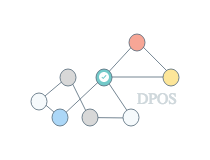
The Delegated proof-of-stake consensus mechanism was produced to establish a technology-based democracy whereby an election process was carried out in order to do away with the fraud and centralization for which the blockchain could be used for. The mechanism was developed by Daniel Larimer who is an American software developer and CEO of Bitshares, Steemit and EOSIO software and he developed the DPoS in the year 2014.
The mechanism of DPoS was developers so as to substitute for both the PoW and PoS this is due to its high scalability which is better than that of the traditional algorithm. Another reason for the DPoS development was to get rid of the high consumption of high energy machines and wastage of time. The first blockchain in which DPoS was first used upon was Bitshares.
How DPoS works
The DPoS is usually controlled through an election process whereby some powerful users of the blockchain are voted and given the role of witnesses by every other user who is on the blockchain.
These Witnesses are run charge with the creation or addition of blocks to the blockchain by confirming them that is taking an example from the Steemit blockchain we see that there are a total of 21 witnesses who are in charge of governing the affairs of the blockchain. These witnesses have the responsibility of confirming or validating transactions of the blockchain. These witnesses are also known as administrators or delegates of the blockchain which have been given power by the users of the blockchain so that they can manage and be able to propose new changes to the affairs of the blockchain. The delegates of the blockchain have a number of functions which includes:
- They determine the block intervals of the blockchain
- They decide the witness pay.
- They determine the transaction fee for the blockchain
- They determine the block size of the blockchain
The election is a continuous process whereby witnesses and delegates are being voted on the blockchain and because of the continuity the witnesses are always under some pressure and this threatens them and also stops them from fraud because it can lead to a loss in their position and reputation on the blockchain. The opportunity of being a witness is granted to every user of the blockchain to be elected as a witness.
Advantages
- It is a decentralized network and so there is transparency and equally right is given to all its users
- It is cheap, user friendly and uses little or no electric energy.
- Since it doesn't have a minimum number of shareholders, it helps in carrying everybody along including smallholders.
- The users have a choice to select among its users those they deem fit to be a witness
- The transaction fees are very minimal.
- It is faster than both PoS and PoW blockchains.
- Because no witness can vote to remain as a witness he is subjected to do what's written thereby avoiding any indecent act as being honest.
Disadvantages
- The number of witnesses is limited for example, the Tronx blockchain has only 27 super representatives and the Steemit blockchain has just 21 witnesses on its blockchain.
- It has the features of a centralized system due to the fact that power is being delegated to the witnesses, delegates and representatives.
- Some Users turn not to vote thereby making the voters turn out to be very low
- It is a great project for blockchain such as Steemit due to its semi-decentralized nature.
Differences between PoS and DPoS
| PoS | DPoS |
|---|---|
| - The scalability of PoS is less than that of DPoS | It has higher scalability than the PoS |
| - The PoS has transaction fees | The DPoS doesn't have any transaction fees |
| - PoS is a decentralized blockchain | DPoS is a semi-decentralized blockchain. |
| - There are no block rewards as miners are rewarded with the funds collected as gas fees | In the DPoS validators get paid with staking rewards |
| - The consensus mechanism here is based on randomization | In the DPoS the consensus mechanism is predetermined order which is based on the trust of the Delegates or witnesses. |
| - The creator block is chosen in a determining way | The block creator or validator here is elected or voted. |
| - It's great for financial use cases | It is suitable for social use an example such as Steemit |
Name a few Blockchain projects which use the DPoS consensus mechanism and indicate the scaling capacity?
The scalability of a blockchain is the ability of the blockchain to increase the number of transactions it can perform per second. It is also seen as the transaction that is the number or amount of transactions it can perform in a given second. Below we will see a list of blockchains that use the DPoS consensus mechanism alongside their scaling capacities or abilities.
Bitshares
Tron
Telos
Steem
NANO
Worbli
WAX
There is an agreement, a level of trust and security which is brought about when using a consensus mechanism in a blockchain network.
The DPoS is almost like the PoS though not exactly decentralized but takes another different approach whereby the stakers choose delegates that validates the blocks, and transactions.
Among those blockchains that use the DPoS, their scalability is better as compared to those that don't use the DPoS algorithm.
I want to take prof @sapwood for such a wonderful topic and questions🙏.
CC: @dilchamo


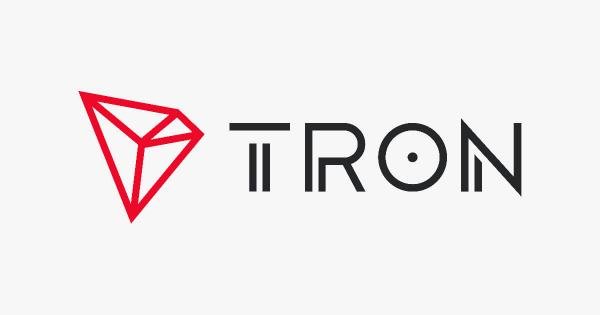
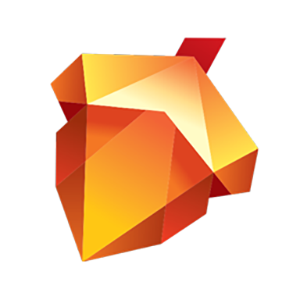
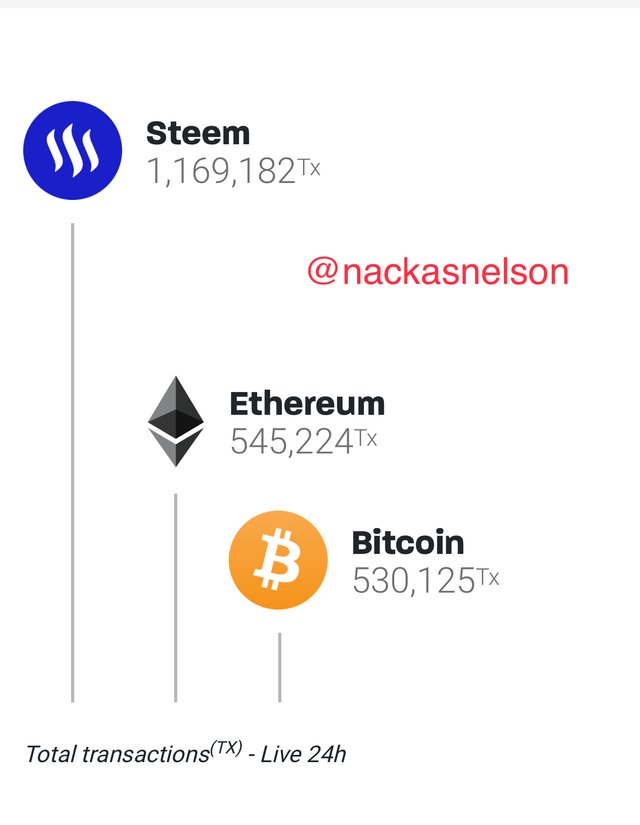


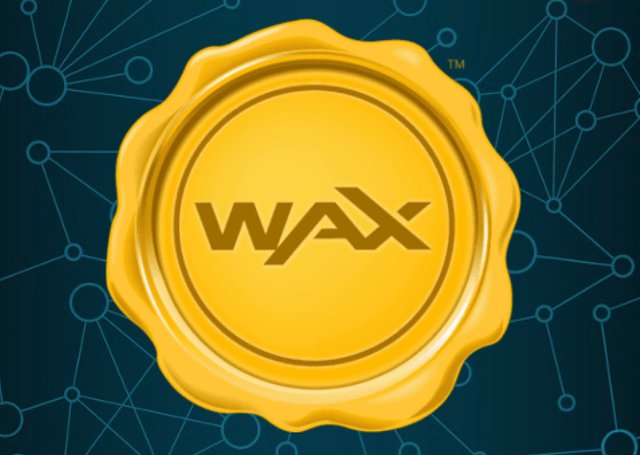
Please do not use the #club5050 tag unless you have made power-ups in the last month that are equal or greater than any amount you have cashed out.